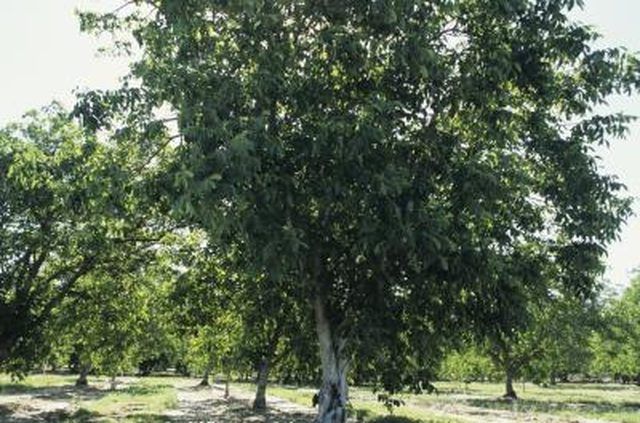Bulbs
Flower Basics
Flower Beds & Specialty Gardens
Flower Garden
Garden Furniture
Garden Gnomes
Garden Seeds
Garden Sheds
Garden Statues
Garden Tools & Supplies
Gardening Basics
Green & Organic
Groundcovers & Vines
Growing Annuals
Growing Basil
Growing Beans
Growing Berries
Growing Blueberries
Growing Cactus
Growing Corn
Growing Cotton
Growing Edibles
Growing Flowers
Growing Garlic
Growing Grapes
Growing Grass
Growing Herbs
Growing Jasmine
Growing Mint
Growing Mushrooms
Orchids
Growing Peanuts
Growing Perennials
Growing Plants
Growing Rosemary
Growing Roses
Growing Strawberries
Growing Sunflowers
Growing Thyme
Growing Tomatoes
Growing Tulips
Growing Vegetables
Herb Basics
Herb Garden
Indoor Growing
Landscaping Basics
Landscaping Patios
Landscaping Plants
Landscaping Shrubs
Landscaping Trees
Landscaping Walks & Pathways
Lawn Basics
Lawn Maintenance
Lawn Mowers
Lawn Ornaments
Lawn Planting
Lawn Tools
Outdoor Growing
Overall Landscape Planning
Pests, Weeds & Problems
Plant Basics
Rock Garden
Rose Garden
Shrubs
Soil
Specialty Gardens
Trees
Vegetable Garden
Yard Maintenance
My Black Walnut Tree Has Worms
My Black Walnut Tree Has Worms. Black walnut trees can attract several types of worms that feast on the tree's foliage. The worms are usually moth species. While the worms can cause serious foliage damage, causing the tree to look less than beautiful, the worms cause little other damage to the tree.

Black walnut trees can attract several types of worms that feast on the tree's foliage. The worms are usually moth species. While the worms can cause serious foliage damage, causing the tree to look less than beautiful, the worms cause little other damage to the tree.
Species
Webworms form large webs in which they live and eat on the end of the branches of black walnut trees. The worms, which are actually caterpillars, usually appear in late summer or early fall. Another worm, the tent caterpillar, builds smaller webs and lives outside the web while it forages on leaves.
Damage
Because web and tree worms start foraging on late summer leaves, they do little damage to the tree, since the leaves are about to drop off in the fall anyway. The caterpillars do leave unsightly branches with chewed-on leaves, but the worms cause little more than cosmetic damage.
Control
To help control worms, consider pruning infested branches from the tree. Destroy the branches so the worms don't infest other plants or trees in the yard. Additional control includes keeping the trees in healthy shape to keep them from becoming weak and susceptible to insects.